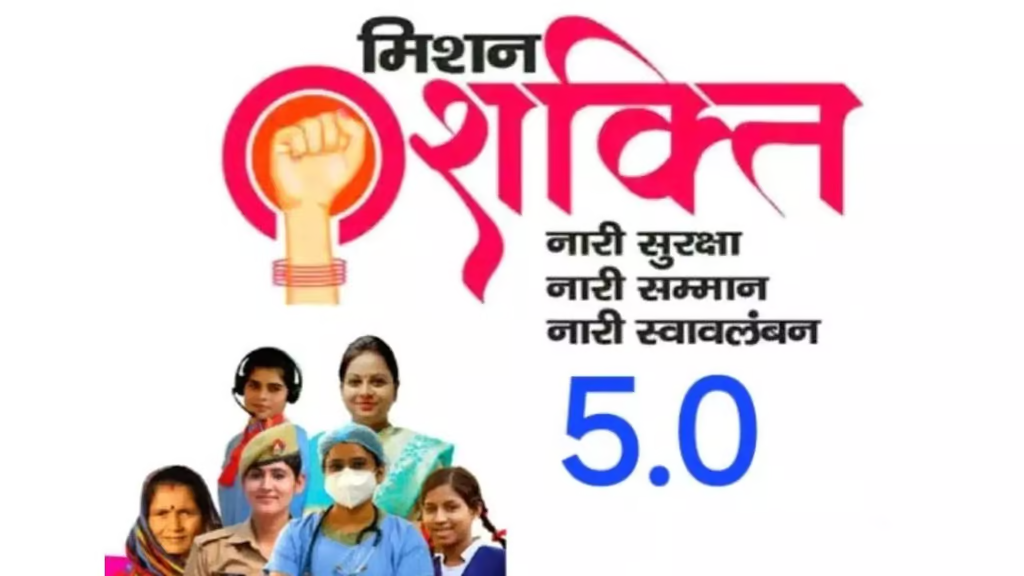Sakhi Niwas Hostels | Uttar Pradesh | 11 Oct 2024
Why in News?
Recently, the Uttar Pradesh government launched a new phase of its Mission Shakti initiative, aiming to provide safe housing for working women.
Key Points
- 18 new Sakhi Niwas hostels will be opened by October 2024, under Mission Shakti 5.0 in cities like Varanasi, Lucknow and Noida.
- Program offers safe, affordable housing near workplaces for working women.
- Each hostel will accommodate 50 women, and married women can house children (up to 18 years for daughters, 12 years for sons).
- Central and state governments co-fund the project.
- "Nari Shakti 5.0" is a campaign by the Uttar Pradesh government.
- The aim is to enhance the safety and awareness of women and children.
Mission Shakti
- About: Mission Shakti’ is a scheme of the Ministry of Women and Child Development aimed at strengthening interventions for women safety, security and empowerment.
- It seeks to realise the Government’s commitment for “women-led development‟ by addressing issues affecting women on a life-cycle continuum basis and by making them equal partners in nation-building through convergence and citizen-ownership.
- Sub-Schemes: It has two sub-schemes - 'Sambal' and 'Samarthya'. While the "Sambal" sub-scheme is for safety and security of women, the "Samarthya" sub-scheme is for empowerment of women.
- Sambhal:
- The components of 'Sambal' sub-scheme consist of erstwhile schemes of One Stop Centre (OSC), Women Helpline (WHL), Beti Bachao Beti Padhao (BBBP) with a new component of Nari Adalats - women's collectives to promote and facilitate alternative dispute resolution and gender justice in society and within families.
- Samarthya:
- The components of 'Samarthya' sub-scheme consist of erstwhile schemes of Ujjwala, Swadhar Greh and Working Women Hostel have been included with modifications.
- In addition, the existing schemes of National Creche Scheme for children of working mothers and Pradhan Mantri Matru Vandana Yojana under umbrella ICDS have now been included in Samarthya.
- A new component of Gap Funding for Economic Empowerment has also been added in the Samarthya Scheme.
- Sambhal:
